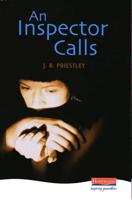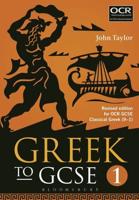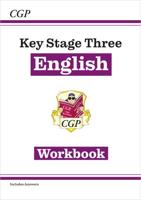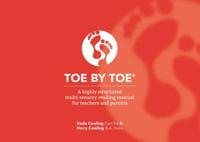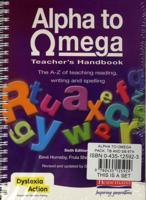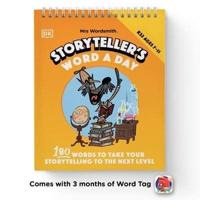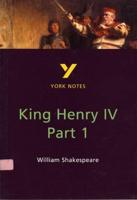Publisher's Synopsis
In the current education climate, the stakeholders who seem to have the greatest investment in teaching and learning - teachers and students - tend to be the ones with the least influence. Too often, teachers and students are expected to conform to one narrow approach to teaching and learning. In contrast, this book focuses on critical inquiry of literacy teaching and learning, which allows teachers and students to make their own meanings of the world and to consider themselves and their identities in relation to larger social, political, cultural, and historical issues. Through a rich range of perspectives, this book presents the stories of both university educators and K-12 teachers who participated in a three-year study exploring issues of critical inquiry. The chapters are organized around three themes - developing community, assuming responsibility, and taking risks. This organization serves to: demonstrate the power of research partnerships that bridge gaps between academic and teaching communities; offer a framework that will enable teacher educators and teachers to provide ongoing professional support for each other; show the complex ways critical inquiry classrooms operate as well as the challenges and possibilities that arise in such classrooms; and help you imagine classrooms where teachers and students transact with community, responsibility, and risk in productive ways.

